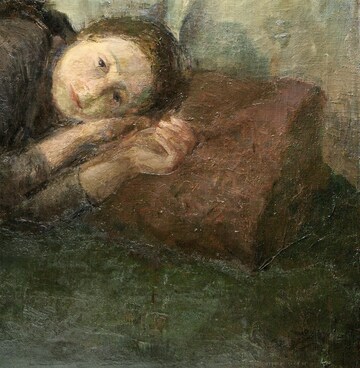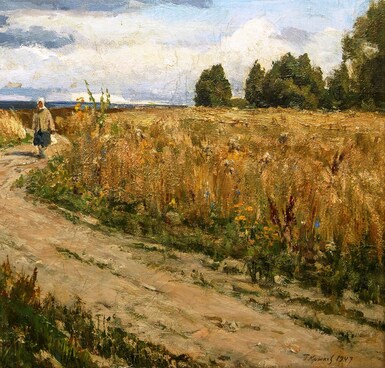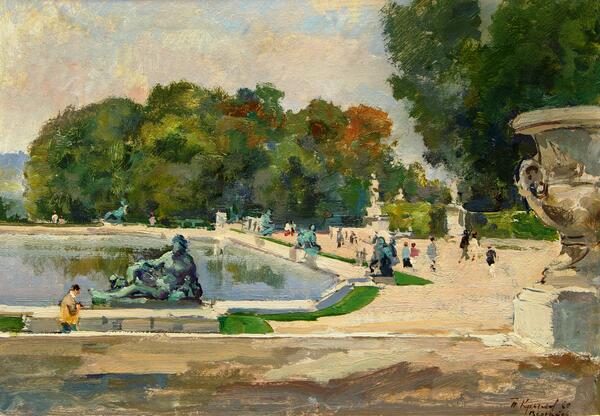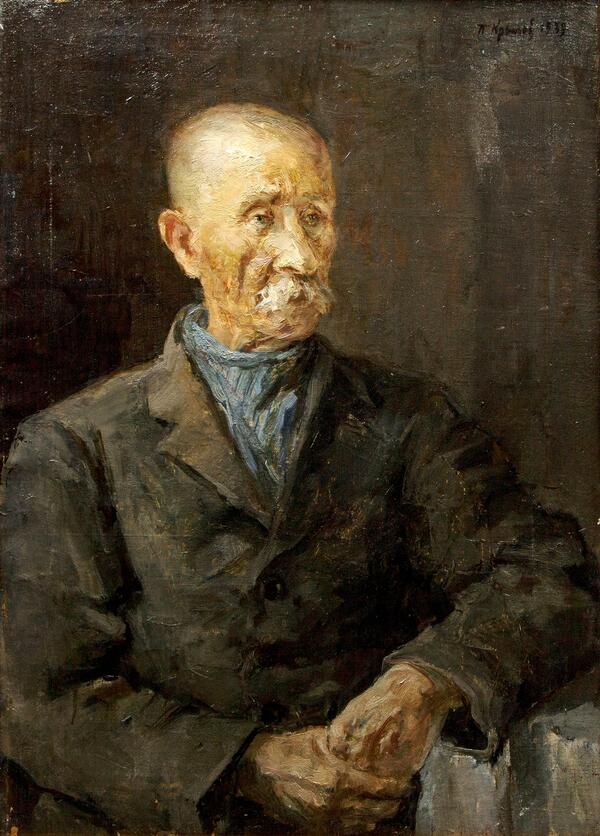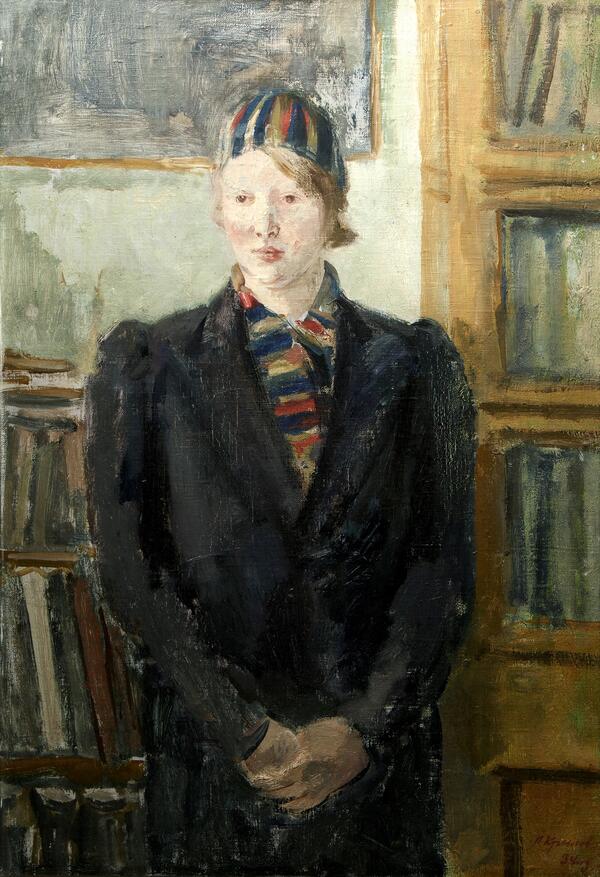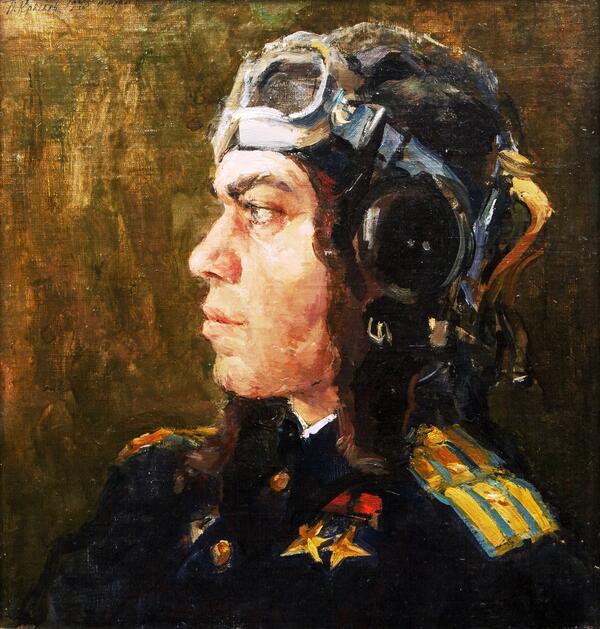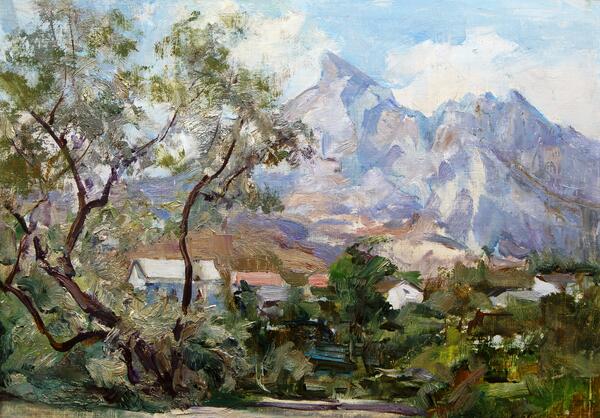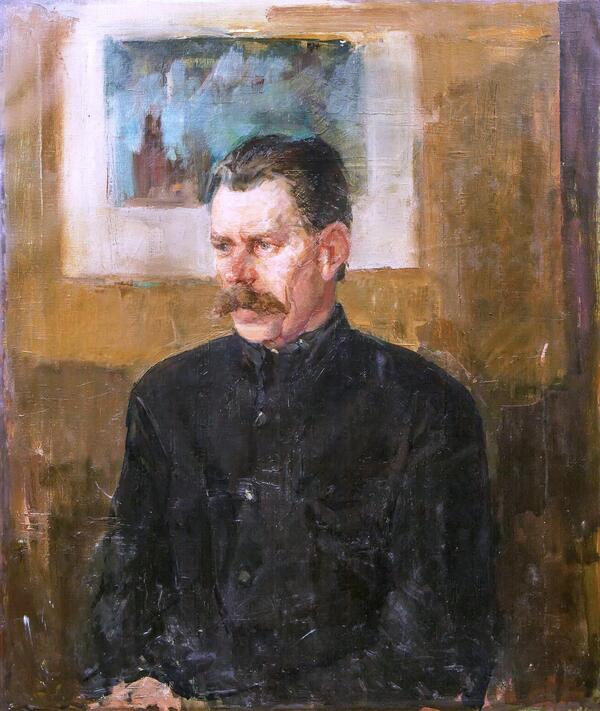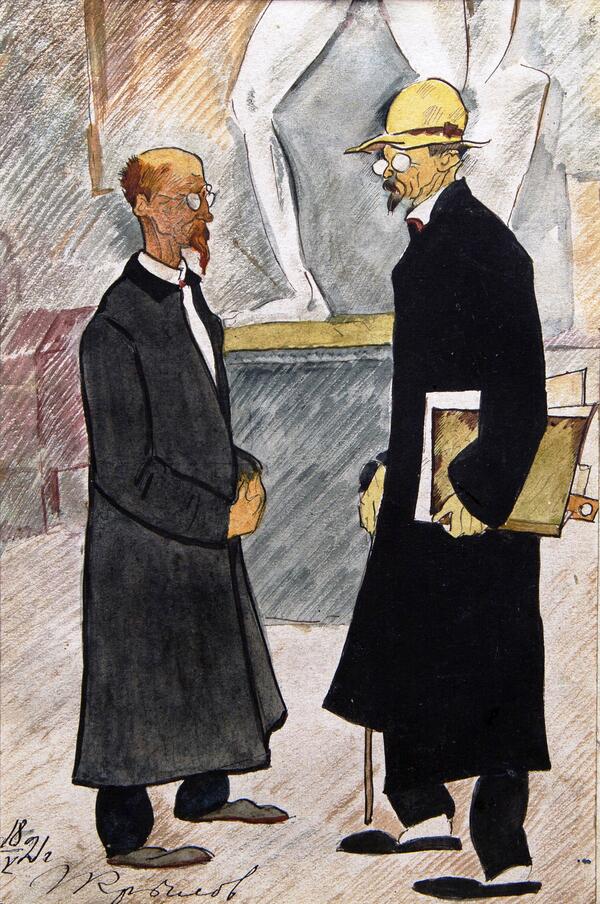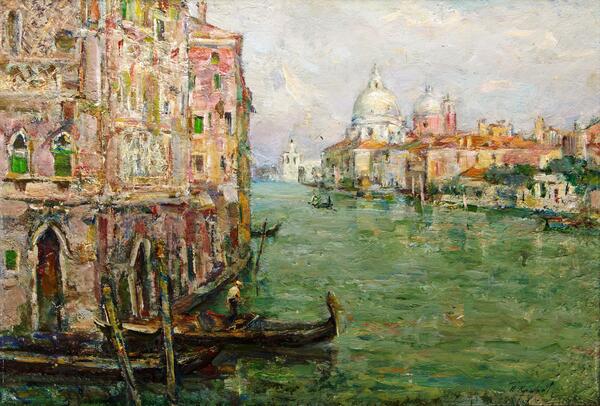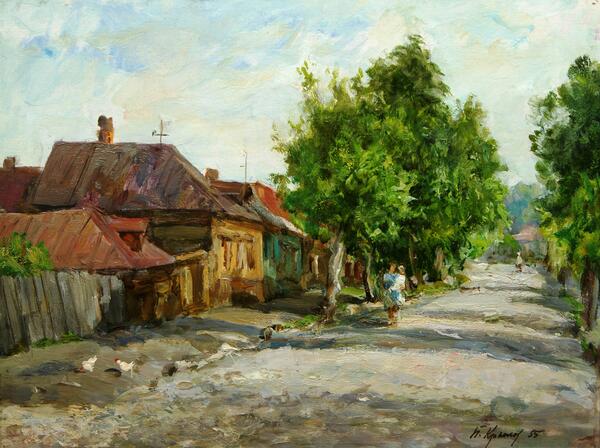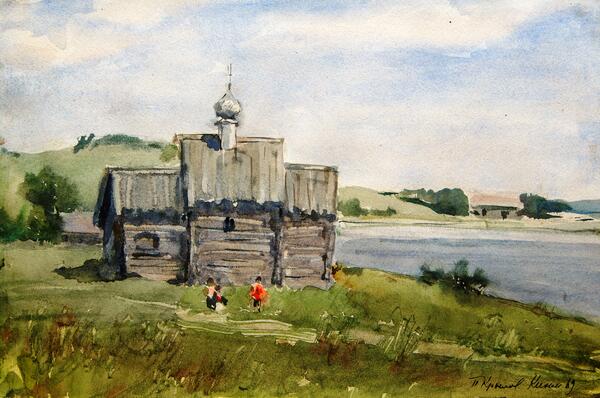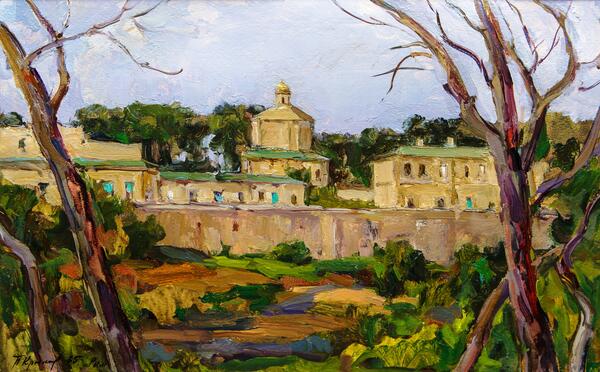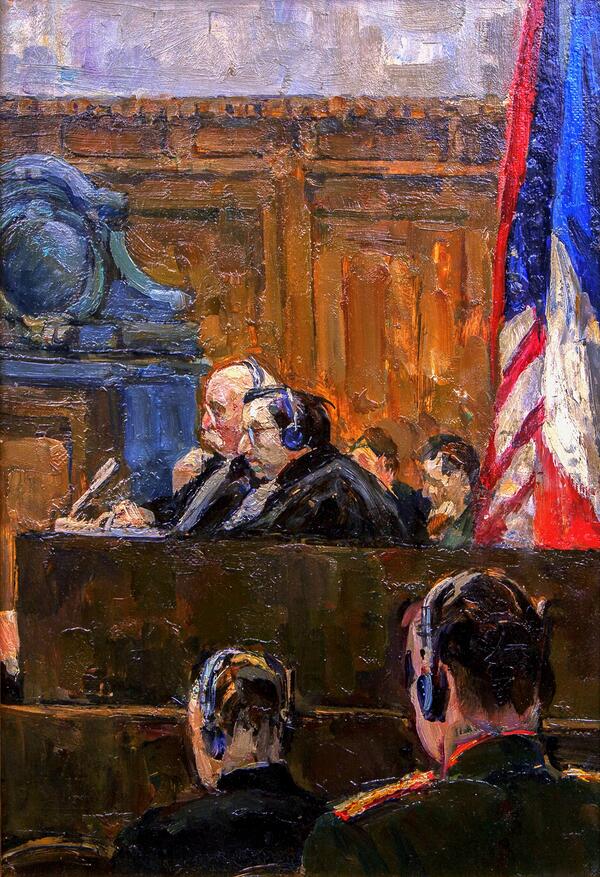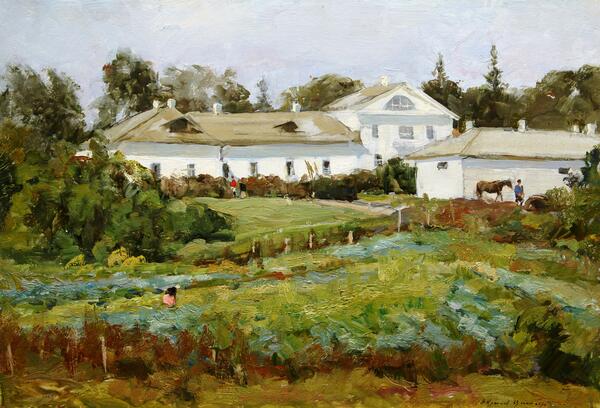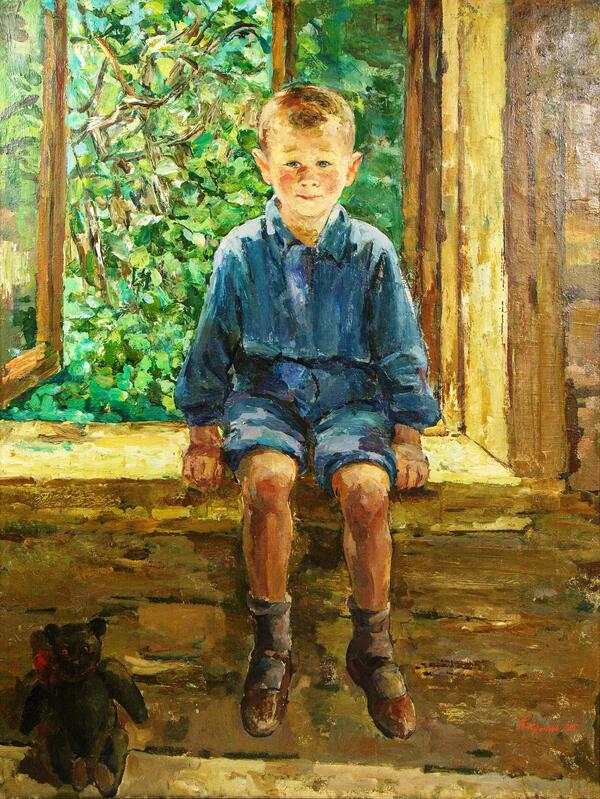The artist Porfiry Nikitich Krylov liked to visit Yasnaya Polyana in different seasons and knew the estate well. In his paintings, he was able to accurately convey the quiet beauty and deep spirituality of the estate, which is associated with the name of the great Russian writer and philosopher Leo Tolstoy.
The landscape “Tolstoy’s House” shows Yasnaya Polyana during the autumn when the leaves turn golden yellow. Leo Tolstoy lived in this house for more than half a century. Here he created the novels “War and Peace” and “Anna Karenina”, 13 of his children were born here.
On the night of October 28, 1910, the 82-year-old writer left home forever, deciding to live the rest of his life in accordance with his ideals. 11 years after the writer’s death, in 1921, thanks to the efforts of his youngest daughter Alexandra Tolstaya, a museum was opened in the house, which is still operating.
Yasnaya Polyana suffered greatly from the attack of German troops during the Great Patriotic War. The painting by Porfiry Krylov was made 15 years after the estate was ravaged. The troops came to Yasnaya Polyana on a quiet autumn day — just like the one in the painting — and turned Tolstoy’s house into a barrack. The museum staff managed to evacuate most of the exhibits before the arrival of German troops.
The invaders stayed in the estate for 47 days, used books and furniture for kindling, appropriated the personal belongings of the Tolstoy family and set fire to the library. German general Heinz Guderian claimed the opposite in his memoirs. He stated that German troops moved the entire legacy of Leo Tolstoy into separate rooms and sealed them, showing respect for the famous writer. Yasnaya Polyana was liberated on December 15, 1941, and right on the next day welcomed its first visitors — soldiers of the Red Army. By spring of 1942, the museum was restored.
Krylov dedicated a
series of works to Yasnaya Polyana. One of his landscapes depicts the Chepyzh —
a thicket of young forest in the Tula region. In the 1870s and 1880s, there was
a log cabin on stilts on the edge of the Chepyzh, where Leo Tolstoy arranged
his study in the summer. This was where the writer concentrated on his thoughts
and work, conversed with close friends and relaxed.

